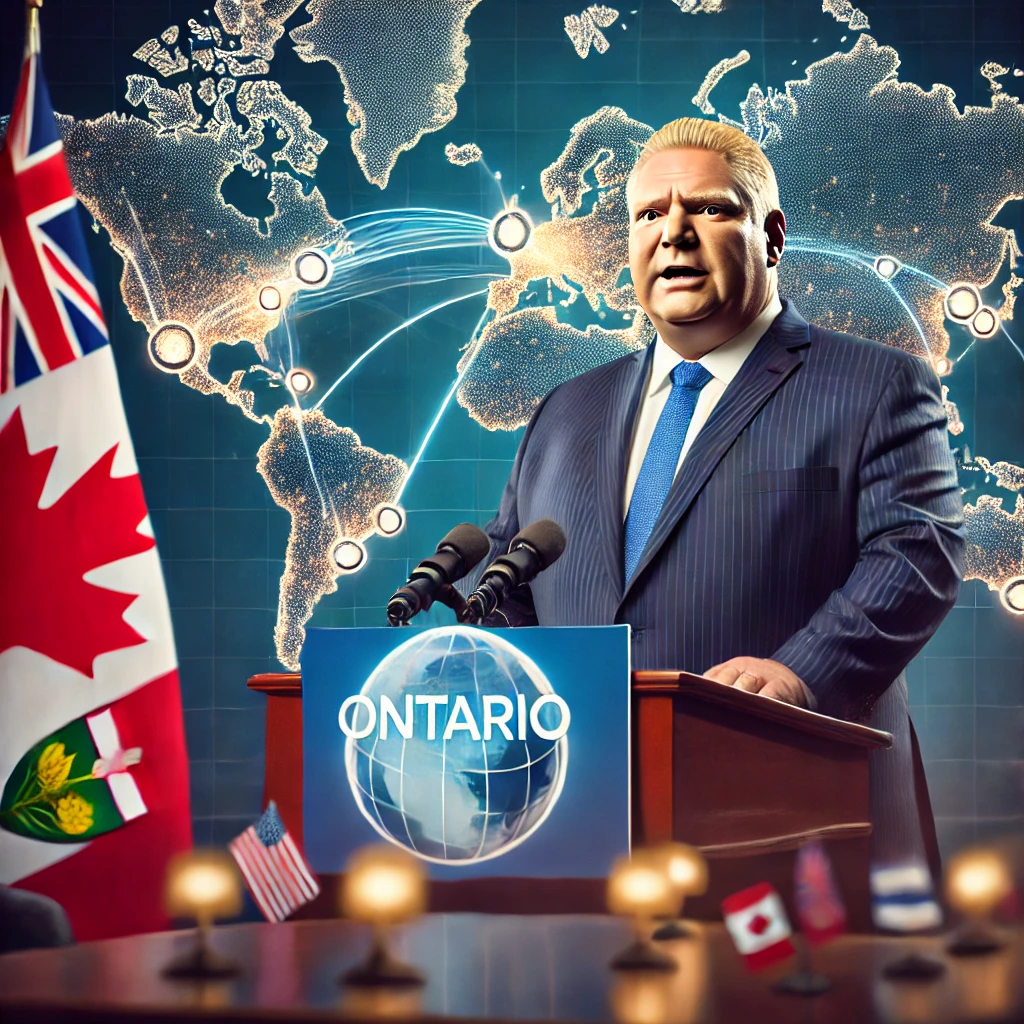In light of the U.S. tariffs on Canadian goods, Ontario is re-evaluating its trade strategy. The province is now looking to open new international markets and attract more overseas investment once the immediate threat from these tariffs subsides.
Ontario typically engages in approximately $500 billion in annual two-way trade with the United States, its largest trading partner. It is the top trading partner for 17 U.S. states and the second-largest for 11 others. Premier Doug Ford frequently highlighted these impressive figures at the beginning of the trade dispute, emphasizing the strength of the “Am-Can Fortress” partnership between the two nations.
However, the imposition of 25 percent tariffs on steel and aluminum, the potential for additional tariffs on lumber and dairy, and the threat of broader tariffs on Canadian goods have cast a shadow over this long-standing reliance on the U.S. market.
In a recent press conference, Ford outlined the province’s next steps, stressing the importance of focusing on Ontario-made products or, if unavailable, Canadian-made goods. Beyond this, he indicated that Ontario would increase efforts to diversify its trade relationships internationally.
“We have 51 countries with tariff-free agreements. Let’s ramp up our trade with them,” Ford said. “We’ve already been making strides, but now it’s crucial to double down and expand our reach even further.”
Ontario’s shift toward global diversification represents a proactive move in response to the challenges posed by U.S. tariffs, aiming to reduce the province’s dependence on its southern neighbor and secure new opportunities for economic growth.



